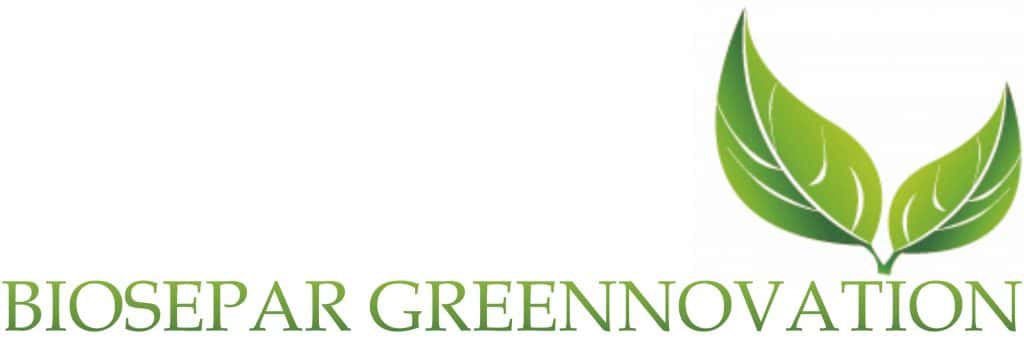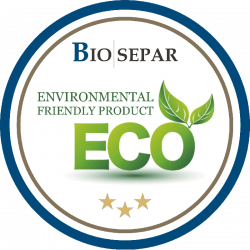ParasiTrap®
A few simple steps to diagnosis.
Use of the Biosepar ParasiTrap® sedimentation system.
- safe
- simple
- fast
- easy
Watch this video →













We advocate environmental protection with our products
in the sedimentation and flotation process.
-
formalin-free
Workplace neutral
-
Free from heavy metals, phosphates, nitrates and sulfates
Patent-protected security for the user and environment
-
environmentally friendly
High work and transport safety
-
General safe and no hazardous waste
Cost-saving and highly efficient
-
Can be used also for: Molecular biology, PCR tests, immunology, serology, immunohistochemistry, cytology
Without damage to DNA or RNA and without irreversible protein denaturation
The advantages for the environment and the health of the employees of FixSepar® ECO (sedimentation method) and BioFLOT® (flotation method) have already convinced many customers at home and abroad.

Abstract from the publication of the Federal Ministry for the Environment, Nature Conservation, Building and Nuclear Safety of Germany:
In its final report, “Critical evaluation of the establishment and implementation of indoor limit values in the EU” (INDEX project), the EU commission classifies formaldehyde in group 1 “High priority”.
This makes formaldehyde one of the most dangerous substances in indoor air – together with benzene, acetaldehyde, carbon monoxide and nitrogen oxide.
